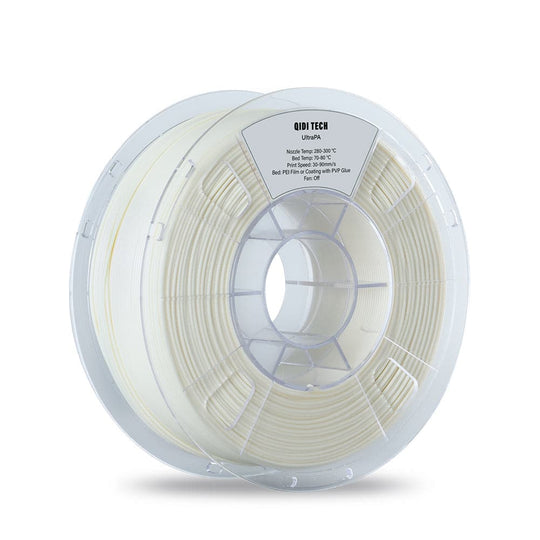The Evolution of 3D Printing Filament: From PLA to Advanced Materials
3D printing has revolutionized manufacturing, design, and prototyping. At the heart of this technology lies the filament, a crucial component that determines the quality and capabilities of printed objects. Understanding the evolution of 3D printing filament is essential for anyone interested in this innovative field. 
What is 3D Printing Filament?
Filament is a thermoplastic material used in fused deposition modeling (FDM) 3D printers. It comes in various types, each with unique properties and applications. The most common filaments include:
- PLA (Polylactic Acid): Biodegradable and easy to print.
- ABS (Acrylonitrile Butadiene Styrene): Durable and heat-resistant.
- PETG (Polyethylene Terephthalate Glycol): Strong and flexible.
- Nylon: Known for its toughness and flexibility.
The Rise of PLA Filament
PLA filament has become a favorite among beginners and professionals alike due to its user-friendly nature. It is derived from renewable resources, making it an environmentally friendly option. But why is PLA so popular? Its low printing temperature and minimal warping make it ideal for various applications, from prototypes to intricate designs.
Transition to Advanced Filaments
As the demand for more durable and specialized prints has grown, the market has seen a shift towards advanced filaments. These materials offer enhanced properties, such as:
- Carbon Fiber Reinforced Filament: Provides exceptional strength and rigidity.
- Flexible Filament (TPU): Allows for the creation of bendable and stretchable objects.
- Composite Filaments: Combine various materials to achieve unique characteristics.
With these advancements, users can now create functional parts that withstand rigorous conditions, opening new avenues in industries like automotive and aerospace.
Choosing the Right Filament for Your Project
When selecting a filament, consider the specific requirements of your project. Factors such as strength, flexibility, and temperature resistance play a vital role in determining the best material. For instance, if you need a strong and lightweight part, carbon fiber reinforced filament may be the ideal choice. Conversely, for applications requiring flexibility, TPU would be more suitable.
For a comprehensive selection of high-quality filaments, visit  . This resource offers a variety of options tailored to meet diverse printing needs. . This resource offers a variety of options tailored to meet diverse printing needs.
Conclusion
The evolution of 3D printing filament from basic materials like PLA to advanced composites has significantly impacted the capabilities of 3D printing technology. As the industry continues to innovate, understanding the properties and applications of different filaments will empower users to make informed decisions, ultimately enhancing their 3D printing experience.
|